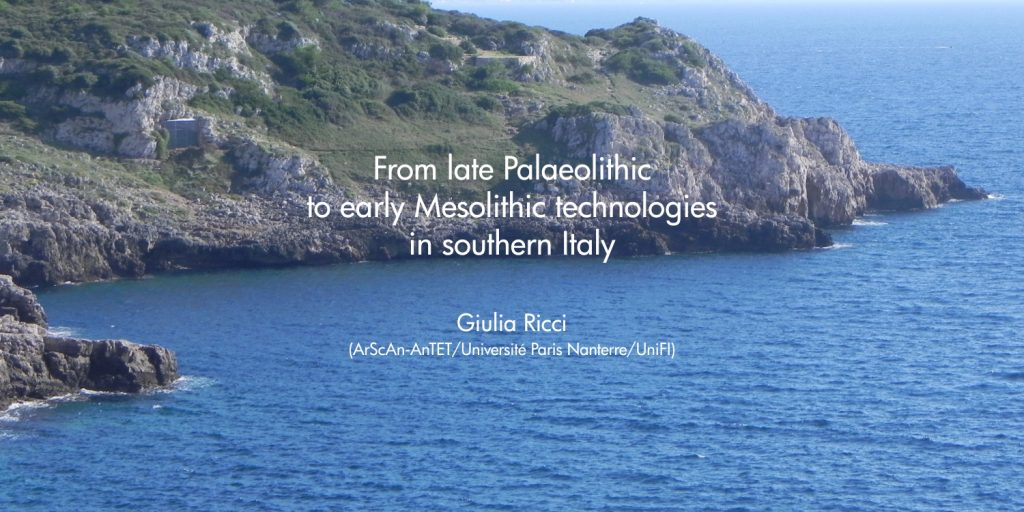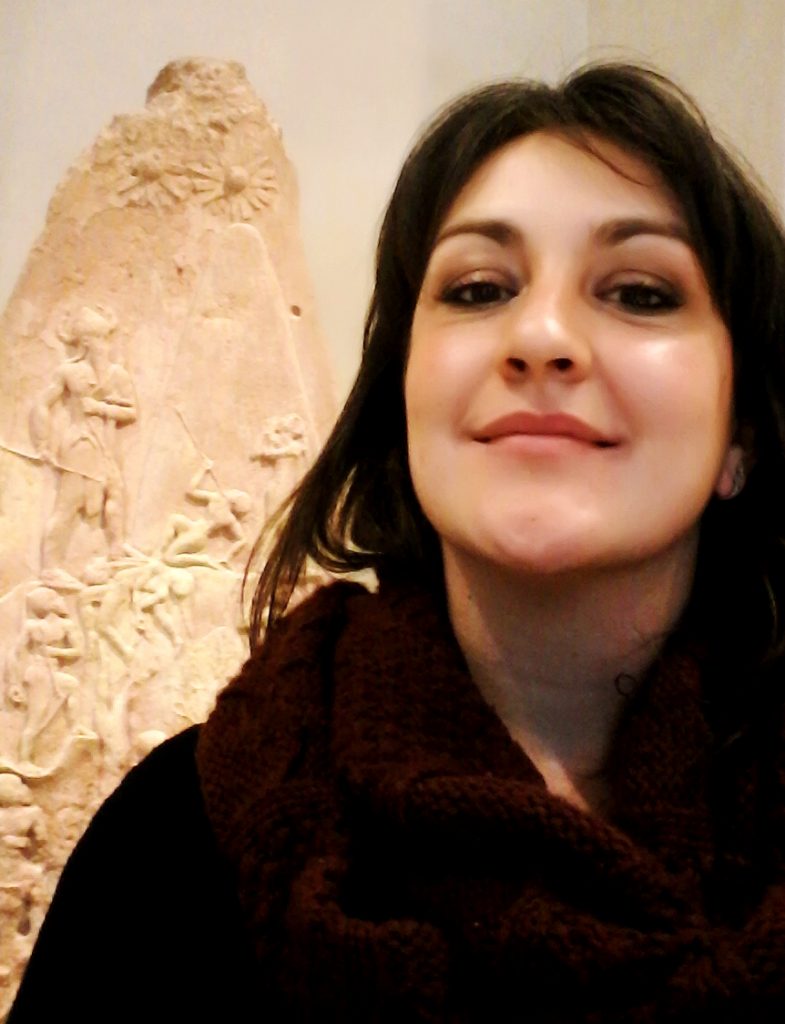From late Paleolithic to early Mesolithic technologies in southern Italy
A joint-seminar IFAS-Research | Wits University

Based on her research, Giulia Ricci (Université Paris Nanterre/AnTET) will talk about the evolution of technical traditions from the late Upper Paleolithic to the early Mesolithic period in southern Italy.
Wednesday 27 March 2019
13:15 | Origins Building, Wits University, Origins lecture theatre, room 105
Giulia Ricci has raised various questions during her research : What happens during the last phases of the Upper Paleolithic and what are the technical processes that lead to the formation of the first Holocene industries in southern Italy? How can we define the dynamics of the population of these areas? Is the first Mesolithic characterised by the arrival of new human groups or new technical models, or is that the result of local technical evolution? The Grotta della Serratura (Salerno) and the Grotta del Cavallo (Lecce), located on the two opposite sides of the Italian peninsula, represent perfect case studies to answer these questions. Both include artistic, funerary and economic data.
Giulia Ricci‘s research in southern Africa is funded by the Fondation Maison des Sciences de l’Homme (FMSH) and IFAS-Recherche (Programme Atlas).

Giulia Ricci is a post-doctoral researcher. In 2018 she completed a PhD in co-tutelage between the Università degli Studi di Firenze and the Université Paris Nanterre. Her research focuses on the transition phases since the Upper Paleolithic, especially on the relationship between technical changes and environmental changes. Her new project deals with microlithism in southern Africa. Giulia is a member of the Bushman Rock Shelter project, an excavation programme located in the Limpopo Province which has been associated to IFAS-Recherche since 2014.
Giulia Ricci’s field research in southern Africa is funded by the Fondation Maison des Sciences de l’Homme (FMSH), and by the Bushman Rock Shelter project.
……………

One comment on “From late Paleolithic to early Mesolithic technologies in southern Italy”
Comments are closed.